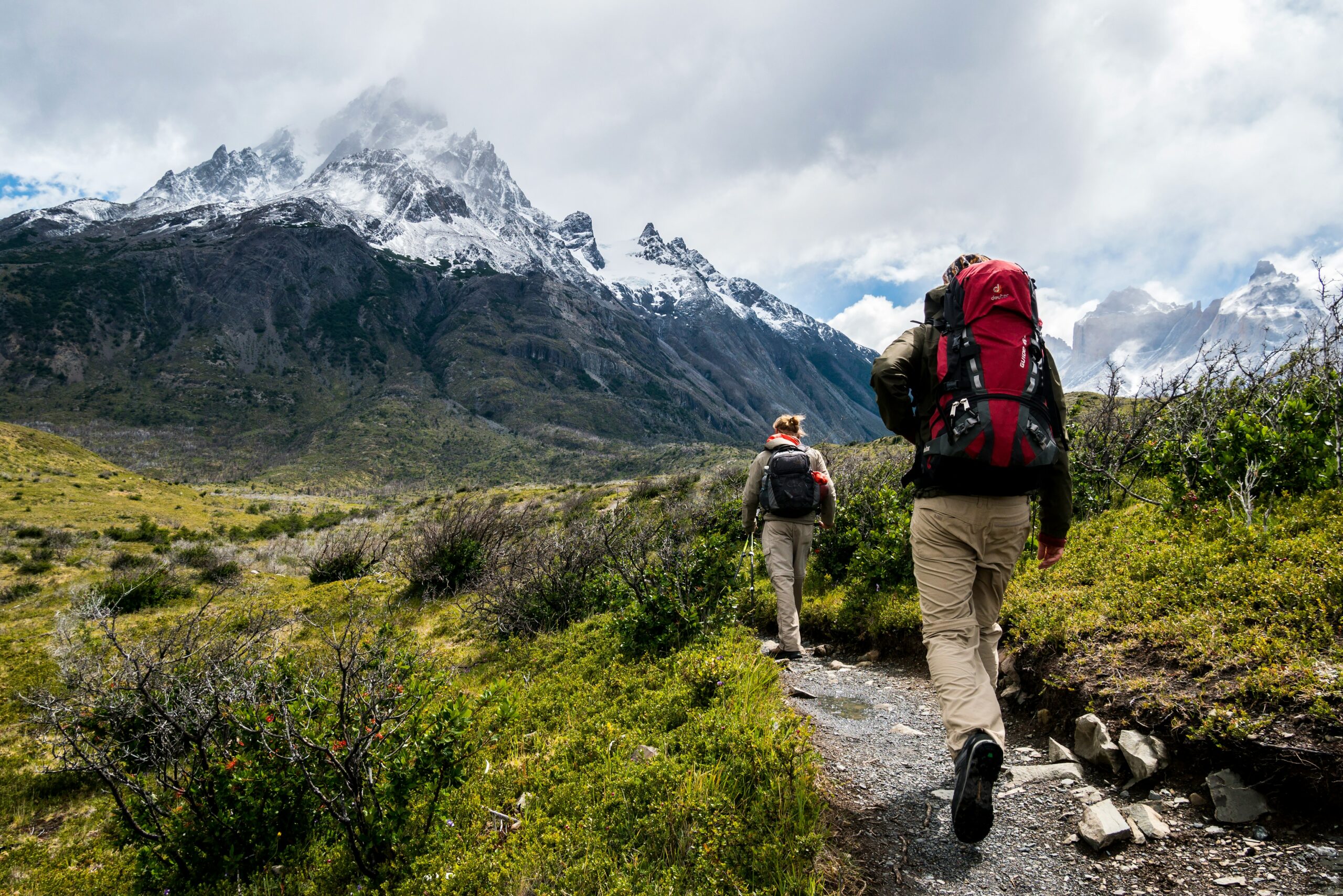Ever noticed how some places just make you want to slow down? The Blue Mountains have that effect on people. There’s something about those eucalyptus-scented valleys and ancient rock formations that whispers “take your time.”
The Art of Going Slow in Wild Places
Here’s the thing about wilderness adventures. Most people think it’s all about conquering peaks and ticking off bucket list items. But the most memorable experiences happen when you actually pay attention to where you are.
The Blue Mountains offer something pretty special for folks who want to explore without leaving a massive footprint. We’re talking about guided experiences that teach you to read the country properly. To notice the way Aboriginal fire management shaped these forests. To understand why certain creeks run clearer than others.
Canyon Country Done Right
Canyoning in the Blue Mountains isn’t just about the adrenaline rush. Though to be honest, there’s plenty of that when you’re abseiling down a 30-meter waterfall. The real magic happens in those quiet moments between the action.
Picture this: you’re standing waist-deep in a crystal-clear pool, sandstone walls rising around you like nature’s cathedral. Your guide points out tiny details you’d never spot on your own. The way water has carved these slots over millions of years. How Aboriginal people used these protected spaces. Which plants only grow in these humid microclimates.
That’s when you realize canyoning isn’t just about getting through the slot. It’s about understanding it.
Walking Tours That Actually Teach You Something
The thing about solo hiking is you miss so much context. Sure, the views are nice, but what’s the story behind what you’re seeing?
Guided blue mountains walking tours change the whole experience. Local guides share knowledge that turns a pleasant walk into something genuinely eye-opening. They’ll show you scar trees that mark Aboriginal pathways. Explain why certain gullies stay green year-round. Point out bird calls you’ve been hearing your whole life but never really noticed.
One guide mentioned recently how visitors often ask about the “blue” in Blue Mountains. Turns out it’s caused by eucalyptus oil in the air refracting light. Who knew?
Leave Only Footprints (And Maybe Not Even Those)
This part’s a bit tricky, but it’s worth talking about. The Blue Mountains cop a fair bit of foot traffic. Some areas are showing wear from too many boots on fragile vegetation.
Good operators know which tracks can handle groups and which need a break. They stick to designated paths, carry out all waste, and teach participants to do the same. It’s about showing respect for a country that’s been cared for by Aboriginal people for tens of thousands of years.
The best guides also share practical skills. How to pack light but smart. Which gear actually matters and what’s just marketing fluff. How to read weather patterns before they turn nasty.
Why Guided Beats Going Solo
Look, there’s definitely a place for solo adventures. But when you’re learning to read a new country, having an experienced guide makes all the difference.
They know which canyons are safe after rain and which ones become death traps. Where to find the clearest swimming holes. Which lookouts offer sunrise views that’ll make you question why you ever sleep in.
Plus, they handle all the logistics. Permits, safety gear, emergency plans. You just show up ready to learn and explore.
The Blue Mountains reward people who take time to understand them properly. Whether you’re lowering yourself into a hidden canyon or following ancient pathways through the bush, guided experiences help you connect with the country in ways that solo adventures simply can’t match.

